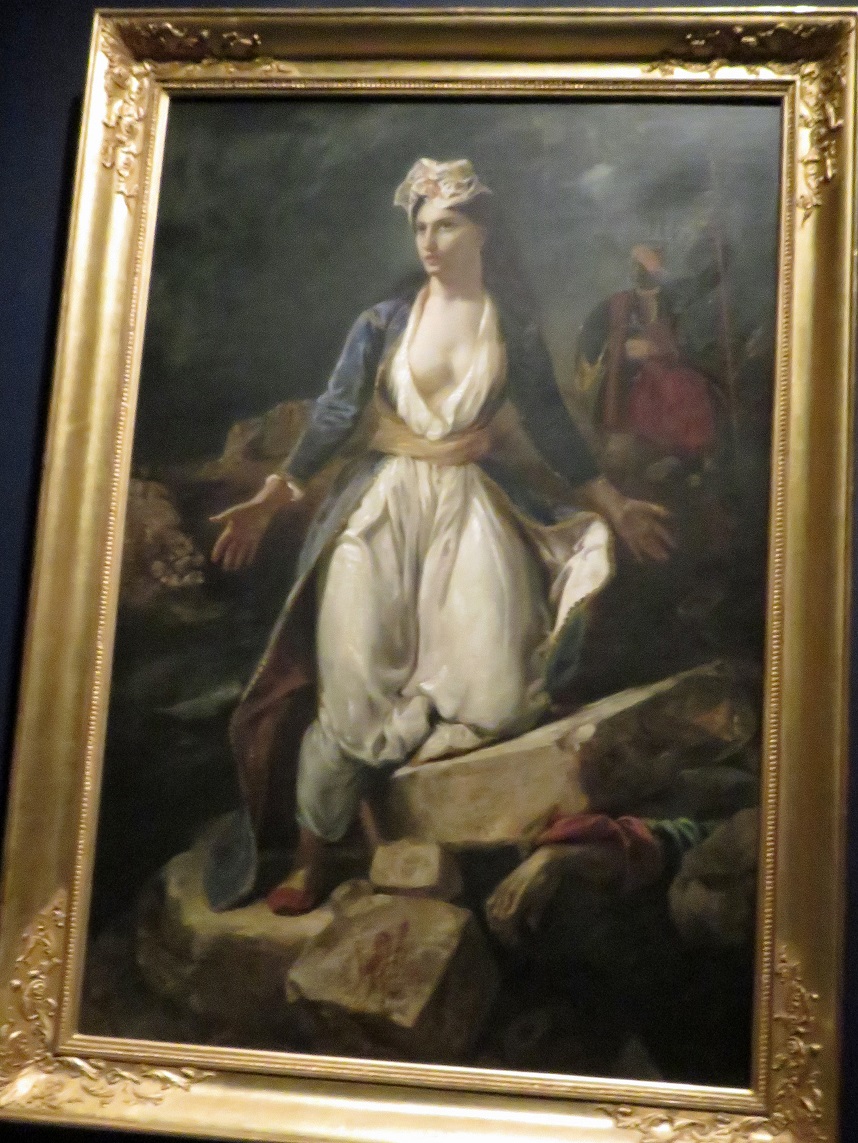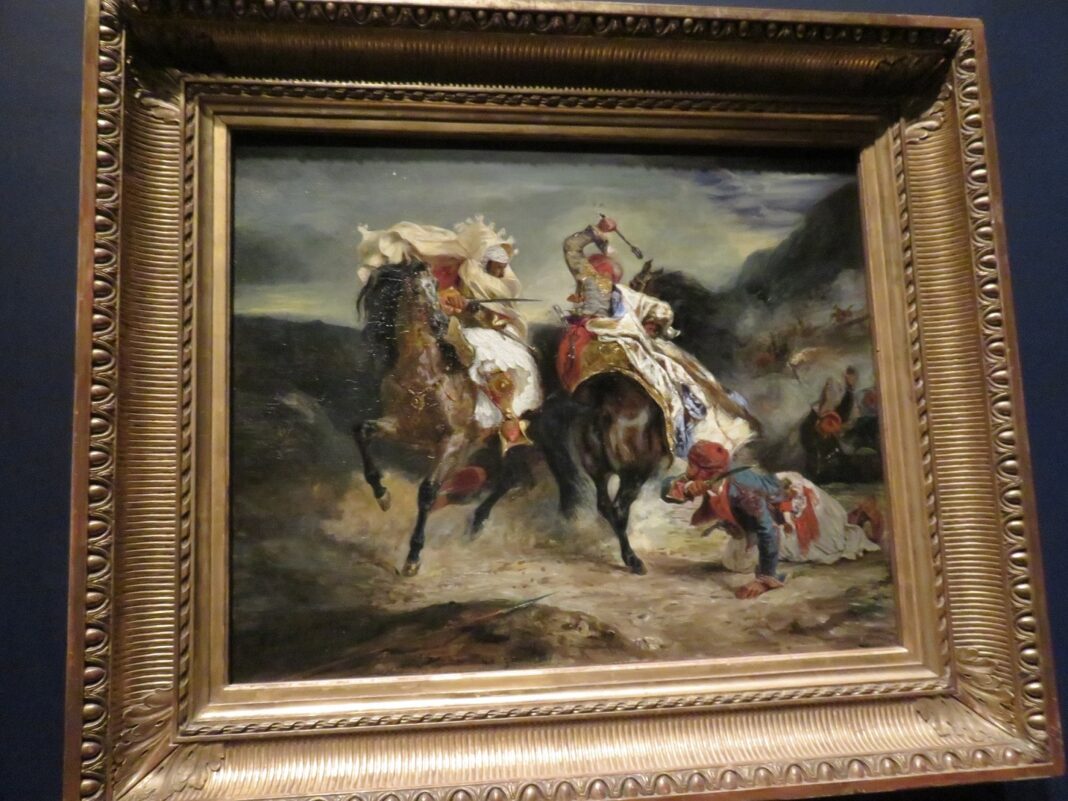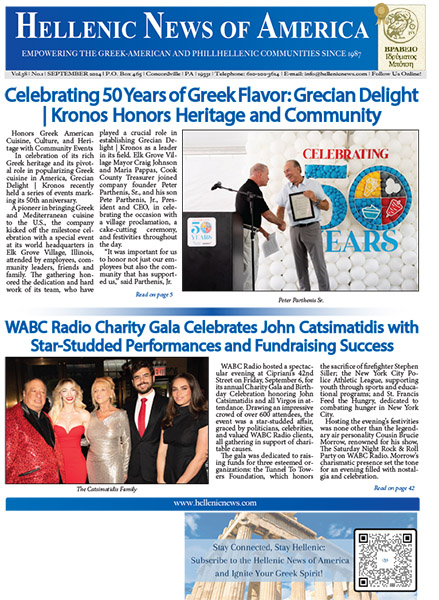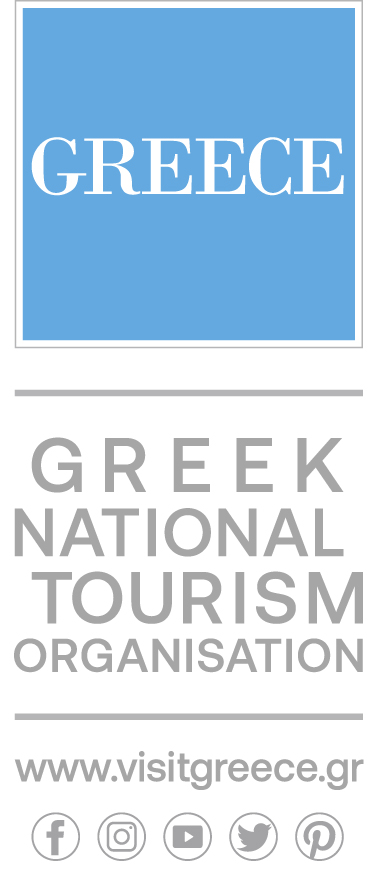During Greece’s period of foreign rule, historical events prevented the development of visual arts. Greece was fortunate in having foreign artist-travelers that immortalized the land and her people. Foreign artists inspired visions of a land of classical perfection The Greek uprising fired Romanticism. Greek images religious, classical and heroism of the Greek War of Independence motivated artists. The struggle of the Christian Greeks appealed to the international public. They revived the spirit of the Crusades. Greeks were portrayed as modern martyrs of the faith.
The classical heritage of ancient Greece motivated the Greeks, that they defended with self-sacrifice as their ancestors. Missolonghi passed into Phil-Hellenic literature as the “Modern Thermopylae”. The 1821 Freedom Fighters were placed in the same category as classical heroes. The Romantic movement viewed the Greek revolution against the Turks as symbolizing: conflict of civilization and barbarism; the cross and the crescent; and freedom and oppression. An industry of Phil-Hellenic images in newspapers and artists’ work added to the Phil-Hellenic spirit. A phenomenon that led to the Greek revolution’s positive success.1

“If I have not fought for my country at least I will paint for her, “said Eugene Delacroix.2 1821 was a time of the beginning of the modern newspaper industry and age of revolution. Paintings showed the rebirth of a new world. “Greece on the Ruins of Missolonghi”, by Eugene Delacroix was the single Art reason exciting Europe to push for the Freedom of Greece in 1821 from the Ottoman Empire. Lord Gordon Byron’s death at Missolonghi shocked Europe. “Philhellenes took the Hellenists’ idealized portrait of Greece. This portrait associated ancient Greece with the ideals of freedom and democracy. This vision was transformed into a call for the liberation of Greece from the Ottoman Empire. Philhellenism finally became a political movement, designed to bring pressure on the superpowers of the time to free the country that was the foundation of European values from an eastern despot.3 They expressed views of their time period.
“Painted in 1826 by Eugène Delacroix, the leading French Romantic painter of the day, Greece on the ruins of Missolonghi is one of the most celebrated French paintings of the 19th century. It was executed shortly after the event it commemorates. In 1825, during the Greek war of independence from Ottoman occupation, Turkish troops besieged the city of Missolonghi. The Greek population, already decimated by famine and epidemics, attempted a heroic liberation that ended in tragedy when the Turks killed and sold into slavery most of the population of the city. Delacroix, like many European artists and intellectuals, was a fervent supporter of the Greek cause. Most of the painting is dedicated to the figure of Greece herself, represented as a young woman wearing traditional costume. Her posture and expression recall traditional religious images of the Virgin Mary weeping over the body of Christ. The image of suffering Greece succeeded in conveying the plight of the Greeks to the French public.”4

The Massacre at Chios is shown in every schoolbook on Greek Revolution. Sick, dying civilians about to be slaughtered by Turks says the truth. It happened and worse. Civilian suffering is graphically shown, without military valor. The pathos of a baby clutching his dead mother’s breast had a powerful effect. A frieze-like display of suffering characters, military might, ornate and colorful costumes, terror, disease, and death is shown in front of a scene of widespread desolation. A military attack on the inhabitants of Chios by Ottoman forces commenced on 11 April 1822 and was prosecuted for several months into the summer of the same year5. The campaign resulted in the deaths of twenty thousand citizens, and the forced deportation into slavery of almost all the surviving seventy thousand inhabitants.6
The Combat of the Giaour and Hassan is among Eugène Delacroix’s finest early representations of battle. The painting was inspired by The Giaour, a lengthy poem by England’s famous Romantic poet, Lord Byron. Written in 1813 and translated into French in 1824, the poem presents a subject and setting—passion avenged on a Greek battlefield—that perfectly suited the artist’s Romantic imagination. The painting depicts the poem’s dramatic climax, when the Venetian giaour (a Turkish word for a non-Muslim) avenges his lover’s death at the hands of the Turk Hassan. Weapons poised, the two enemies face off in mirroring poses: the giaour in swirling white, and Hassan with his face hidden. With its exotic costumes, intense drama, and forceful colors and forms, this painting is the most revered of the six known versions Delacroix made based on Byron’s poem. Begun in 1824, the year Byron died in the struggle for Greek independence from the Turks, Delacroix finished the painting two years later, just in time for it to be included in a Parisian exhibition benefiting the popular Greek cause.7
Count Demetrius de Palatino in Souliot costume represents the exotic costumes of Greek soldiers, or Palikares. They were popular subjects for artists. Count Palatino was a flamboyant Greek aristocrat who often posed for Delacroix and his colleagues in Paris.8
A Greek and a Turk in an Interior shows a relaxed conversation. Head of an Old Greek
Woman is a model for the matriarch of the Massacres at Chios. Newspapers, the Romantic movement led by Eugene Delacroix’ Phil Hellenism in America, and Europe, in the face of slaughter and enslavement of the Greek Christian civilian population, influenced the European governments. The American government remained neutral.
All of Delacroix’s paintings, except Massacre at Chios were taken by the writer in the Metropolitan Museum of Art’s 2019 exhibit.
References:
1.Tsigakou, Fani-Maia, (2005). “GREECE THROUGH THE EYESOF ARTIST-TRAVELERS”. in Alexander S. Onassis Public Benefit Foundation (USA), FOM BYZANTIUM TO MODERN GREECE (pp. 108-109). New York, Onassis Cultural Center.








